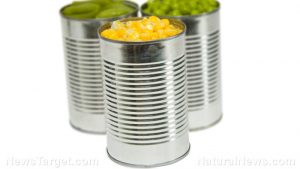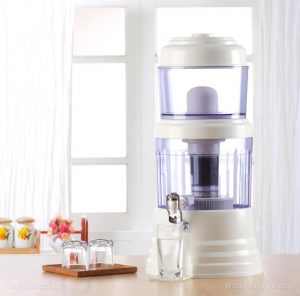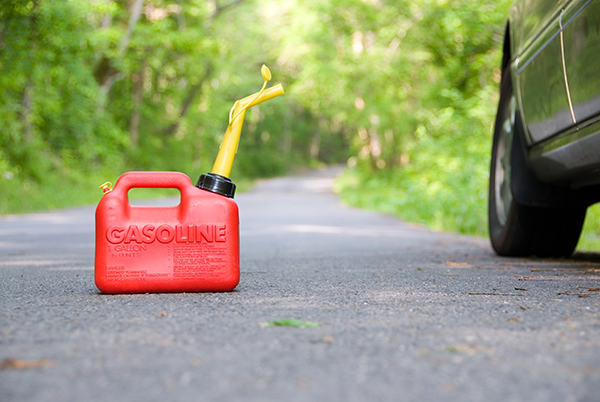
According to the majority of preppers, when SHTF it's better to stay at home or "bug in." Both bugging out, or evacuating to a hideout when disaster strikes, and bugging in have their own pros and cons. However, not everyone has the necessary skills to survive outdoors, and staying home gives you access to a shelter and supplies. (h/t to Survivopedia.com)
Turning your home into a survival shelter
Before you can make your home self-sufficient and SHTF-ready, you need to plan carefully and make the necessary arrangements. Your home may be comfortable the way it is right now, but if you want to turn it into a survival shelter, how you prep determines how safe you can be during a disaster scenario.

Stockpile enough food for an emergency
Setting up an emergency stockpile for the whole family requires daily necessities like food, water, and toilet paper. This is an ongoing process because you'll need a lot of supplies if you want to survive for a long time after a disaster.
A well-stocked pantry or root cellar is crucial to your survival strategy, and it's one reason why it's better to bug in. Staying home means you can easily access your stockpile, unlike if you're bugging out and stuck in the woods.
When setting up your stockpile, you also need to consider items that you don't have a lot of. Another thing to consider when setting up an emergency stockpile is having a back up at an alternate site.
Stock up on these foods before SHTF:
- Beans and legumes
- Corn
- Herbs and spices
- Home dried fruits
- Home canned meats, fruits, and vegetables
- Honey
- Jams and jellies
- Oats and oatmeal
- Nuts and seeds
- Pasta
- Raisins
- Rice
Make your home self-contained and self-sufficient
Aside from supplies, you'll need access to electricity, natural gas, sewage connections, and water when SHTF. (Related: Tips for the beginning prepper.)
To prepare for a power outage, you can set up solar-powered tools and devices. To remain self-contained and self-sufficient when SHTF, you must figure out how to survive in your home without leaving or requiring supplies from outside sources.

Find a steady water supply
Access to clean water may be challenging for urban preppers when SHTF. When municipal water supplies become unavailable, you will need to harvest water from nature.
If you don't want to risk going outside and harvesting water from nearby lakes and rivers, other options include:
- Owning property with a stream
- Putting in a well
- Setting up a rainwater harvesting system
- Using fog catchers
You'll also need an option to properly dispose of used water. If you have septic tanks, after SHTF it will take several years before they fill. But if you rely on city sewage, you may require an outhouse or a humanure process to turn waste into fertilizer.
Heating
In a post-disaster world, you'll still need heating. Without electricity, you can keep your heating on using natural gas or wood. However, this requires a fireplace or wood-burning stove and access to firewood.
If you find a way to keep your home heated, you won't have to worry about cooking your food, which will require utensils for cooking on an open flame.

Growing food
Even if you have a food stockpile, eventually you'll need to grow your own food when your supply runs out. Prepare for a disaster by starting a garden today and raising small animals for meat.
Starting a vegetable garden requires some heavy lifting and various supplies like seeds and fertilizers. When raising animals, another thing to consider is having enough space to keep them in and having medicine to treat any illness in your livestock.
Defense and discretion
When SHTF, you need to be ready to defend your homestead from looters. Fortify your walls and doors to keep out intruders. You can also invest in weapons that you can use to protect your family.
To deter looters, never tell outsiders about your prepping plans. Advise family members to keep your stockpile a secret and don't flaunt your prepping activities.
Follow the tips above to make your home self-sufficient and SHTF-proof.
You can read more articles with tips on how to make your home self-sufficient before SHTF at Preparedness.news.
Sources include:
Please contact us for more information.





















